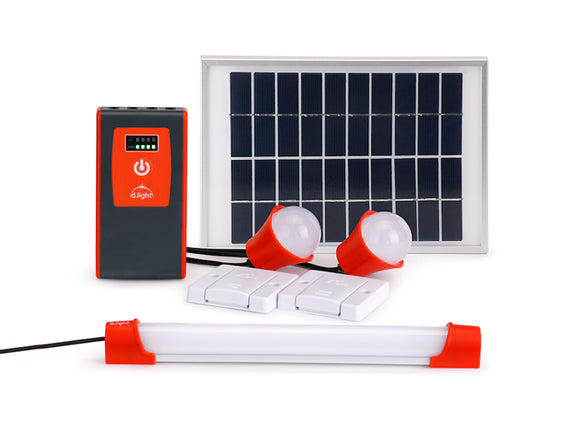

So as you can imagine, solar lights are much less of a hassle than regular electrical lighting. Maintenance on indoor solar lights consists of replacing the batteries every five years or so. This is all thanks to the use of LED fixtures becoming more popular with a 10+ year lifespan.


Indoor lighting systems are virtually maintenance-free. Indoor solar lights don’t have to be maintained The best part is that the batteries used are entirely recyclable. Solar power charges the battery packs during the day so that they can be adequately powered at night, for up to 8 hours. Indoor solar lights are entirely powered by solar energy, a renewable energy option. Solar lights are “green”, meaning they are environmentally friendly, and a sustainable alternative to traditional lighting because they use absolutely no power from the grid. The good news is that solar lights aren’t exclusive to outdoors, and have the following benefits: 1.

In the US, the average household electricity bill is $111.67 per month. Specifically, solar home lighting systems.Įlectricity, just behind gas, is one of the most significant living expenses in America. 205-221.Are you looking for a cheaper, sustainable lighting option for your home? Indoor solar lights are the answer. The Promise of Prosperity: Visions of the Future in Timor-Leste. Shepherd, C., 2018, Misreading the night: The shadows and light of a solar technology. Lemaire, X., 2018, Solar home systems and solar lanterns in rural areas of the Global South: What impact? WIREs Energy Environ, 7(5), e301. Kudo, Y., Shonchoy, A.S., Takahashi, K., 2019, Short-Term Impacts of Solar Lanterns on Child Health: Experimental Evidence from Bangladesh.
#DLIGHT S30 INSTRUCTIONS PROFESSIONAL#
Kinoti, M., 2018, Socio-Economic Impact of Solar Lamp Lighting in Kibera Slum, Kenya. International Journal of Professional Practice, 6(4), pp. Further research regarding the impact of solar lanterns is highlighted below: These refer to it as a pico-solar product in the solar lantern market and specifically having an integrated solar panel, but it is not investigated or analyzed as part of the research. The d.Light S30 receives specific mention in three pieces of academic research. dissertation, Delft University of Technology. Vega Garita, V., 2019, Integrating a Photovoltaic Panel and a Battery Pack in One Module: From concept to prototype. Ph.D. Vega‐Garita, V., Ramirez‐Elizondo, L., Narayan, N., Bauer, P., 2019, Integrating a photovoltaic storage system in one device: A critical review. Prog Photovolt Res Appl, 27, pp. Narayan, N., Vega-Garita, V., Qin, Z., Popovic-Gerber, J., Bauer, P., Zeman, M, 2020, The Long Road to Universal Electrification: A Critical Look at Present Pathways and Challenges. Energies, 13, 508. This is assisted by its ability to be placed upside-down on its angled top to focus light upwards.įurther specifications are available here (from the manufacturer) and here (from Lighting Global). The product’s conical design redirects light in all directions. It also features a smart LED indicator for solar charge intensity, a glow-in-the-dark button and is manufactured from UV resistant plastic that also makes it weather resistant to sun and rain. The d.Light S30 features a multiple-setting metal handle that allows for carrying or hanging from a hook.
#DLIGHT S30 INSTRUCTIONS FULL#
The product has two brightness settings and from a full day’s charging on a clear, sunny day it can provide 12 hours of light in its standard or 3 hours of light in its high (60 lm) brightness setting. The 2 LEDs inside the light point emit white light and are listed for a 60,000-hour lifetime. It is charged by an integrated monocrystalline silicon solar panel (0.33 Wp), or can also be charged with grid power using a standard Nokia phone charger (not included when purchasing this product). The d.Light S30 is a solar LED lantern powered by a Lithium Iron Phosphate battery (450 mAh, 3.2 V).


 0 kommentar(er)
0 kommentar(er)
